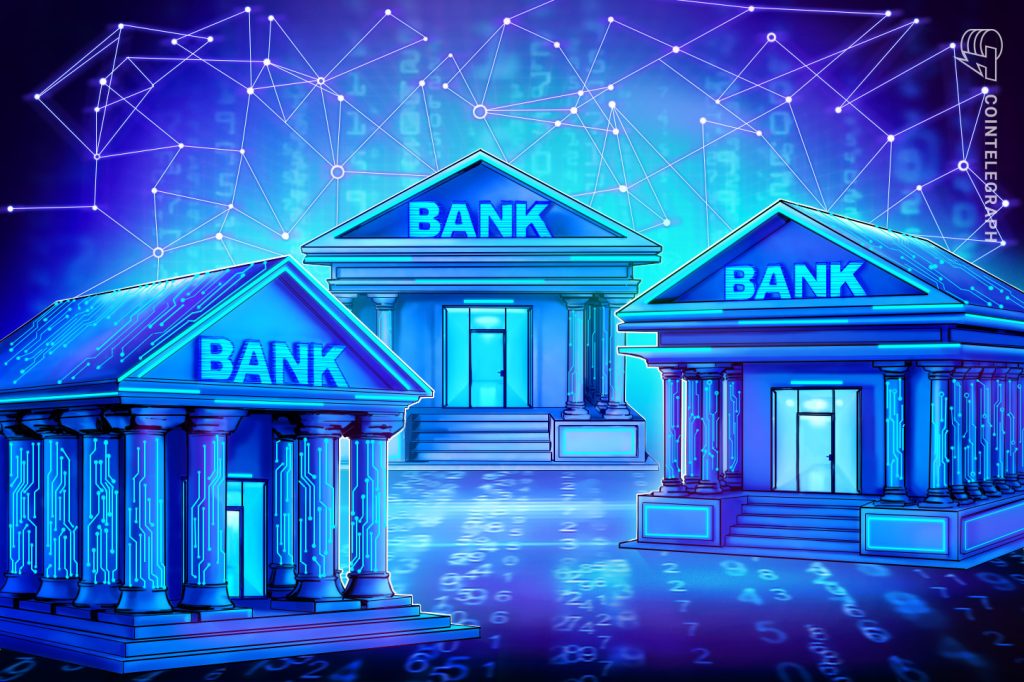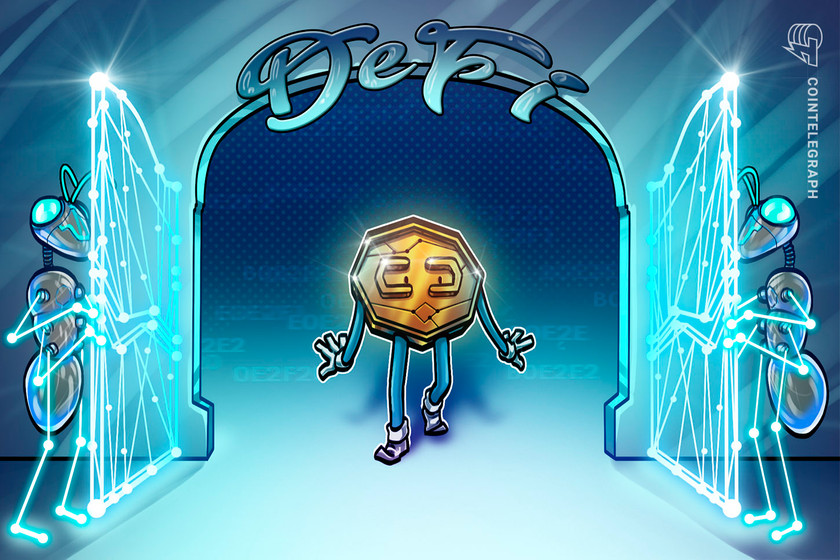9 examples of artificial intelligence in finance


Discover how artificial intelligence is transforming the financial sector with nine examples of AI in finance.
Artificial Intelligence (AI) is transforming the financial sector, revolutionizing how banks, financial institutions and investors operate. Here are nine examples of AI in finance, and how they are changing the industry:
Fraud detection
AI algorithms can analyze transactions in real time, detect anomalies and patterns that may indicate fraudulent activities, and alert banks to take appropriate actions. An example of fraud detection using AI is PayPal’s fraud detection system. PayPal uses machine learning algorithms and rule-based systems to monitor real-time transactions, and identify potentially fraudulent activities.
The system examines data points like the user’s location, transaction history, and device information to identify abnormalities and patterns that can hint at fraudulent behavior. The technology can notify PayPal’s fraud investigation team about a possibly fraudulent transaction so that they can look into it further or block the transaction. The amount of fraudulent transactions on the network has dramatically decreased thanks to this AI-powered solution, making using PayPal safer and more secure.
Customer service
AI-powered chatbots can provide personalized financial advice, answer customer queries, and automate routine tasks like opening new accounts or updating customer information.
The chatbot “KAI” from Mastercard, which helps clients with account queries, transaction histories and expenditure tracking, is an example of how AI is being used in customer support. KAI uses machine learning algorithms and natural language processing to offer consumers tailored help and financial insights across a variety of channels, including SMS, WhatsApp, and Messenger.
brandchannel: Mastercard Grows Its Brand with New Personal Finance Chatbot KAI https://t.co/Mz3vPoDSJm pic.twitter.com/1zizdGgUac
— Muzaffaruddin Alvi (@Muzaffar69) October 25, 2016
Algorithmic trading
AI can accurately assess past and present market trends, spot patterns, and predict future prices. AI algorithms can also perform transactions in real time, using pre-programmed rules and conditions, optimizing investing strategies and maximizing returns.
Financial institutions and investors benefit significantly from this technology, which enables them to make data-driven decisions and maintain an advantage in the fiercely competitive world of trading.
Related: What are artificial intelligence (AI) crypto coins, and how do they work?
Risk management
By analyzing complex financial data, artificial intelligence can identify potential risks and forecast future scenarios, providing valuable insights that enable banks and other financial institutions to make well-informed decisions.
An example of risk management using AI is BlackRock’s Aladdin platform. To analyze enormous volumes of financial data, spot risks and opportunities, and give investment managers real-time insights, the Aladdin platform combines AI and machine learning algorithms.
Meet BlackRock’s all-knowing AI, ALLADIN. pic.twitter.com/EBDkaODzHl
— Hum₿le Warrior ⚔️ (@HumbleBitcoiner) August 11, 2022
By examining elements like market volatility, credit risk, and liquidity risk, the platform assists investment managers in monitoring and managing risks. Investment managers may enhance their investment strategies and make data-driven decisions thanks to Aladdin’s risk management capabilities, which lower the risk of losses and boost returns.
Portfolio management
AI can analyze vast amounts of financial data and provide insights into investment trends, risks and opportunities, helping investors make informed decisions. An example of portfolio management using AI is Wealthfront, a robo-advisor that uses AI algorithms to manage investment portfolios for clients.
To create customized investment portfolios for clients based on their goals, risk tolerance, and financial position, Wealthfront combines classic portfolio theory and AI. As market conditions and the client’s goals change, the platform automatically rebalances the portfolio while continuously monitoring its performance. Many investors find Wealthfront an appealing alternative because of its AI-powered portfolio management, which enables customized and optimal investing plans.
Credit scoring
AI algorithms can analyze credit histories, financial statements, and other data to provide accurate credit scores, enabling lenders to make better lending decisions. For instance, ZestFinance’s Zest Automated Machine Learning (ZAML) platform uses AI to analyze credit risk factors and provide more accurate credit scores, improving lending decisions and reducing the risk of default.
Personalized financial advice
AI-powered robo-advisors can provide personalized financial advice and investment strategies based on a client’s financial situation, goals and risk tolerance. For instance, Bank of America’s AI chatbot, Erica, can provide personalized financial advice, answer customer queries and automate routine tasks.
The financial arena is an excellent fit for chatbots and other AI applications. One example: Bank of America’s Erica, a chatbot that provides customer service online by responding to basic inquiries. https://t.co/1uKslUKVJW #nuanceteam pic.twitter.com/U2iyxQHLv2
— Sebastien Le Corff (@twittseblec) April 25, 2018
Insurance underwriting
AI can analyze a range of data points, including demographic information, health records and driving history, to provide accurate insurance underwriting. For instance, to improve accuracy and lower fraud in the insurance market, Lemonade, an AI-powered insurtech company, employs AI algorithms to evaluate claims and underwrite insurance policies.
Related: A brief history of artificial intelligence
Regulatory compliance
AI can help financial institutions comply with complex regulations by analyzing transactions, detecting fraud, and ensuring compliance with Know Your Customer and Anti-Money Laundering regulations.
For instance, ComplyAdvantage helps businesses comply with legal obligations and avoid fines by using AI and machine learning algorithms to monitor financial transactions and identify potential money laundering activities.


























